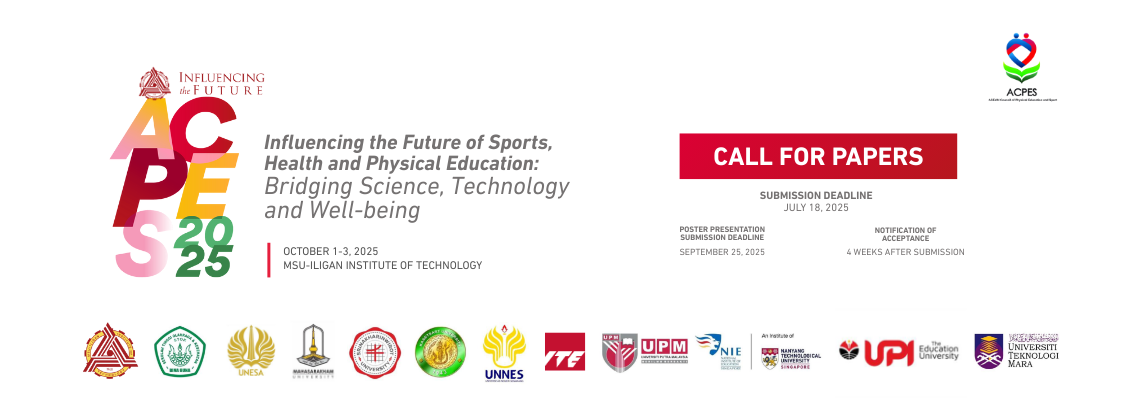Speakers
Description
The purpose of this study was to determine the relationship between nutritional status and dysmenorrhea in female students attending the Free Methodist Vocational School in Medan, North Sumatra; to determine the relationship between exercise and dysmenorrhea in female students attending the Free Methodist Vocational School in Medan; and to determine the relationship between nutritional status and exercise with dysmenorrhea in female students attending the Free Methodist Vocational School in Medan. The sample taken in this study was 20 female students. The study was conducted in Medan Helvetia, Medan City, North Sumatra. To conduct this sampling, questionnaires were distributed, body mass index (BMI) was calculated, and the participants' height and weight were measured. The conclusion of the findings: There is a relationship between a person's dietary health and the risk of developing dysmenorrhea. rhitung equals 0.651, and tabel equals 0.4438. There is a relationship between exercising regularly and not experiencing dysmenorrhea. r count is 0.573, while the table value is 0.4438. If f count > f table > 3.88, then Ho is rejected and Ha is accepted, which indicates that there is a strong relationship between X1 and X2 together to Y. Based on the hypothesis that has been explained above, it can be concluded that there is a significant relationship between the independent factor and the dependent variable.

